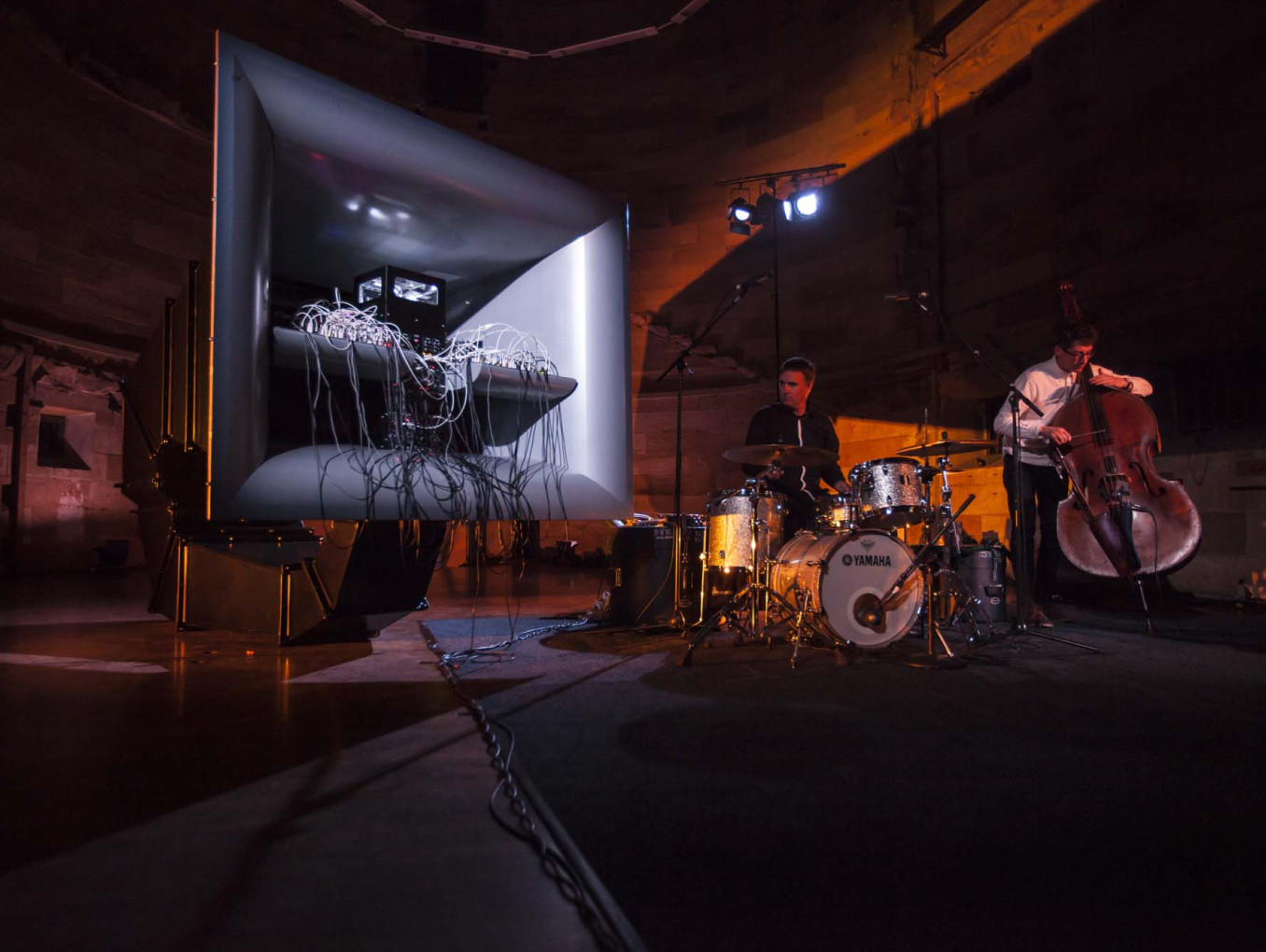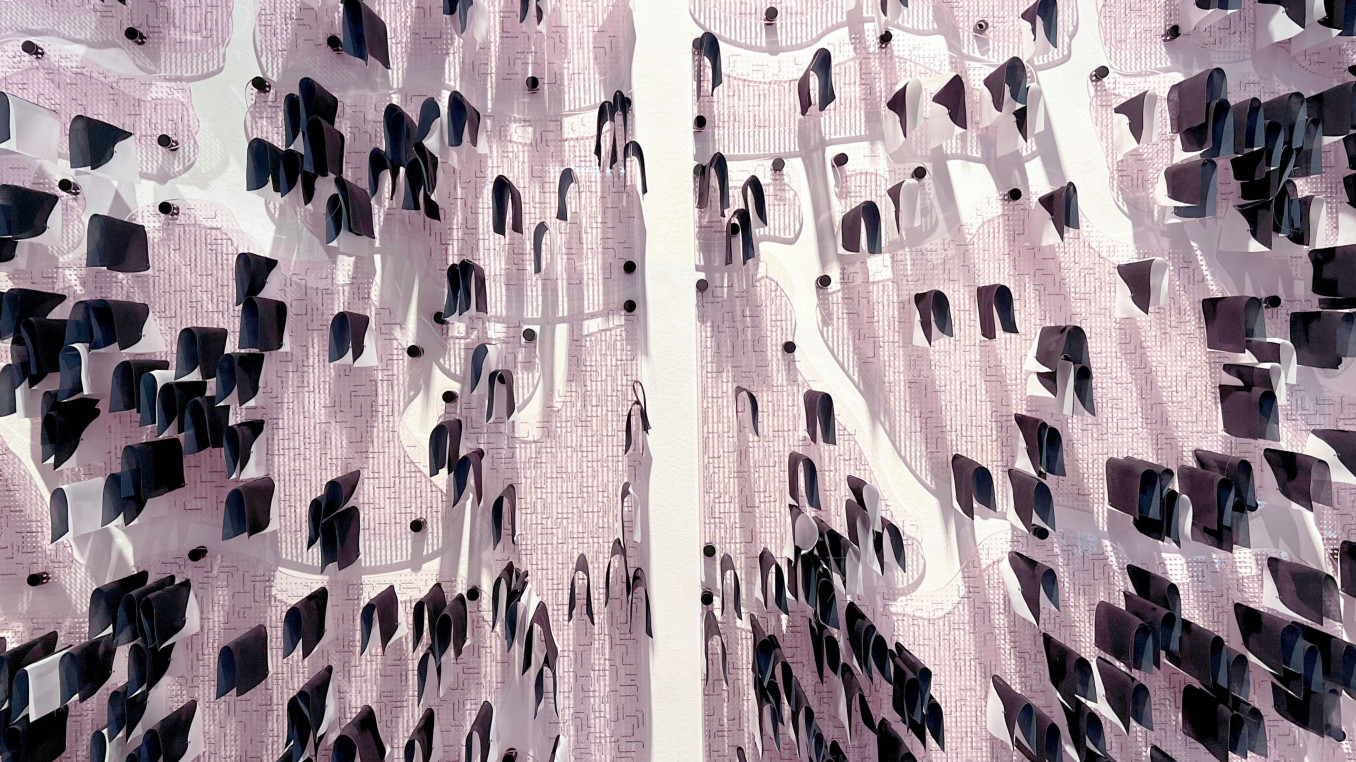In-Vitro Intelligent Agents: Ben-Ary's & Thompson's Innovative Synergy
Breaking the Wall of In-Vitro Intelligent Agents
Winner Interview 2024: Art & Science
Discover the groundbreaking work of Guy Ben-Ary and Nathan Thompson, as they break the wall of In-Vitro Intelligent Agents. Their innovative research involves merging cerebral organoids with robotic bodies to create intelligent, bioengineered entities that perform and respond creatively in real-time. These artworks challenge our perceptions of life, agency, and creativity, proposing a future where artistic expression transcends the human body through lab-grown neural networks.
Which wall does your research or project break?
Our research breaks the wall of in-vitro intelligent agents. Our work involves the embodiment of cerebral organoids (or living neural networks) with artistic robotic bodies, so they work in synergy and perform in gallery spaces. These artworks explores the emergence of in-vitro intelligence (IVI) and its manifestation through agency. We refer to in-vitro intelligence as an intelligent system produced by bioengineered living neural networks that function as brains outside the body. We acknowledge that current instances of in-vitro intelligence represent an early form of development. However, the characteristics of its neural network suggest that it, or others like it, may demonstrate changes in functional plasticity and become creative just as some naturally intelligent entities do.
We envision a future "post-corporeal" connection between body, instrument, space and time where creative production tools cease to be divorced from the biological body, instead artist and artwork are one in the same. The complexities and nuances that these ‘prepared’ living entities can embody will give rise to a new kind of performative entity, an entity physically removed from the human but linked through lab-based processes in which biopsied material grown outside of the donor’s body (in vitro) control a creative, hybridised entity or specifically, an In-vitro Intelligence driven Surrogate Performer.
Surrogate Performers speculates that these in-vitro entities may manifest some inherited artistic traits from the donor’s biological material while being able to produce, analyse and generate artwork in response to sensory stimuli in real time. We hypothesise that perhaps in the future, through this material agency, Surrogate Performers could potentially display artistic expressivity or creativity of their own.
Our work suggests contestable futures in which disassociated bodies are manipulated and reassembled into “in-vitro intelligent entities” grown outside the body. Through these artworks, we propose that biotechnology may have the potential to relocate creative capabilities outside of our bodies.
What are the three main goals of your research or project?
The three main fundamental issues our research is trying to address are:
- Generation of a cultural discussion around the emergence of biotechnologies and their applications. What is the potential for artworks using biotechnology to evoke or elicit responses in-regards to shifting perceptions surrounding understandings of "life" and the materiality of the human body?
- Questioning ‘life - as biotechnology rapidly evolves, a deep, multifaceted understanding of ‘life’ becomes a necessity. Technology blurs traditional distinctions between natural, artificial and engineered, living and non-living. Establishing a comprehensive cultural, ethical and philosophical frameworks for these helps us navigate and explore the ambiguities related to ‘life.
- Agency of in-vitro intelligence – Our work represented a provocative move away from Artificial Intelligence (AI) enquiries that dominate our current technology-focused scientific discourse. Neither artificial intelligence (AI) nor natural intelligence (NI), our work is best understood as entities possessing ‘in-vitro intelligence’ (IVI) - intelligent system produced by bioengineered living neural networks that function as brains outside the body and we speculate on how IVI could be manifested through agency.
What advice would you give to young scientists or students interested in pursuing a career in research, or to your younger self starting in science?
Embrace your innate curiosity and let it be a leading element in your research. Pursue questions that fascinate you, even if their practical applications aren't apparent. Embark on curiosity-driven research and be prepared to encounter setbacks and failures—these are essential components of the research process. Keep on refining your approach, and stumble upon unexpected insights.


